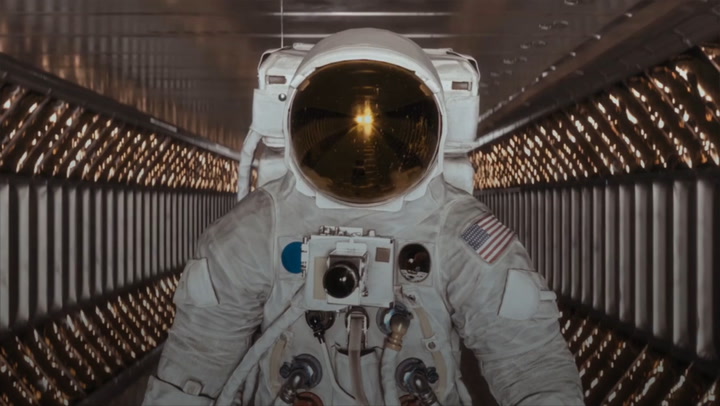1. Summary
NASA astronaut Mike Massimino shares essential tips to avoid jet lag. Learn how to manage your circadian rhythms, adjust its timing through light exposure, and utilize melatonin for a smoother travel experience.
2. Key Insights
Massimino also recommends the use of the Timeshifter app for personalized jet lag management strategies.
NASA astronaut Mike Massimino gives GoTravelDaily the best tips on how to avoid jet lag.
It’s no secret that we at GoTravelDaily are passionate about flying. However, there is one aspect of travel we often dislike: jet lag. Fortunately, Mike Massimino, a former NASA Astronaut, holds the keys to conquering jet lag effectively.
In honor of the first-ever National Lose the Jet Lag Day, initiated by a suite of United credit cards from Chase, GoTravelDaily engaged Massimino, who also advises the innovative Timeshifter app. This app leverages modern science to help travelers overcome jet lag.
“I was a NASA Astronaut for 18 years and went to space twice,” Massimino shared. He elaborated, “For my first trip to the Hubble Space Telescope, we had a launch time of about 5:30 a.m., meaning we had to awaken at about 9:00 p.m. the day before, requiring us to be fresh and ready for a full day of preparations. Jet lag was simply not allowed.”
He elaborated that NASA understood these irregular hours could lead to severe jet lag and consequently invested in scientific research to counteract it.
“They delved deep into the science behind it,” he emphasized. “It’s a timing issue necessary to reset your circadian clock.” Below are some valuable tips from Massimino on how to evade jet lag.
1. Understand Light Exposure Timing
According to Massimino, managing light exposure is crucial for resetting your circadian rhythms, assisting in the prevention of jet lag. “It’s a timing issue to reset your circadian clock. Therefore, knowing when to seek light and when to embrace darkness facilitates an expedited adjustment,” he recommended.
Numerous studies corroborate this notion. As Scientific American explains, light exposure can either advance or delay one’s circadian rhythm. A study from the Rush University Medical Center demonstrated that participants who exposed themselves to light in the morning shifted their circadian rhythms by approximately 2.1 hours, thereby experiencing less jet lag and achieving adjustment two days sooner than those who skipped light therapy.
2. Manage Caffeine and Melatonin
While Massimino wasn’t a coffee enthusiast during his NASA tenure, he has become quite fond of caffeine since returning to Earth. Nonetheless, he recognizes caffeine’s impact on sleep cycles, just as melatonin influences sleep patterns.
“Melatonin is a natural substance within our body that signals it’s time to sleep,” he explained, noting that it is most effective when taken in small doses.
Additonally, studies indicate that melatonin can aid sleep during atypical resting periods, making it advantageous for those experiencing jet lag. The Mayo Clinic notes that melatonin should be consumed in alignment with your new time zone if traveling east. Conversely, if flying west, it’s suggested to take melatonin in the morning to help adjust your internal clock to a later schedule. Notably, a dosage as small as 0.5 milligrams can be just as effective as higher doses.
3. Utilize the Timeshifter App
If tracking light exposure, melatonin intake, and caffeine consumption seems overwhelming, don’t worry. Massimino has a solution: an app he helped develop.
“In my opinion, the most practical approach is to use the app. [It’s] incredibly straightforward,” Massimino stated.
As articulated by both Massimino and the app’s website, users simply enter their trip itinerary, and it generates a customized schedule regarding sleep, light exposure, melatonin intake, and caffeine advice. This approach allows travelers to focus on truly enjoying their journey instead of combating fatigue.
Explore the Timeshifter app here.





